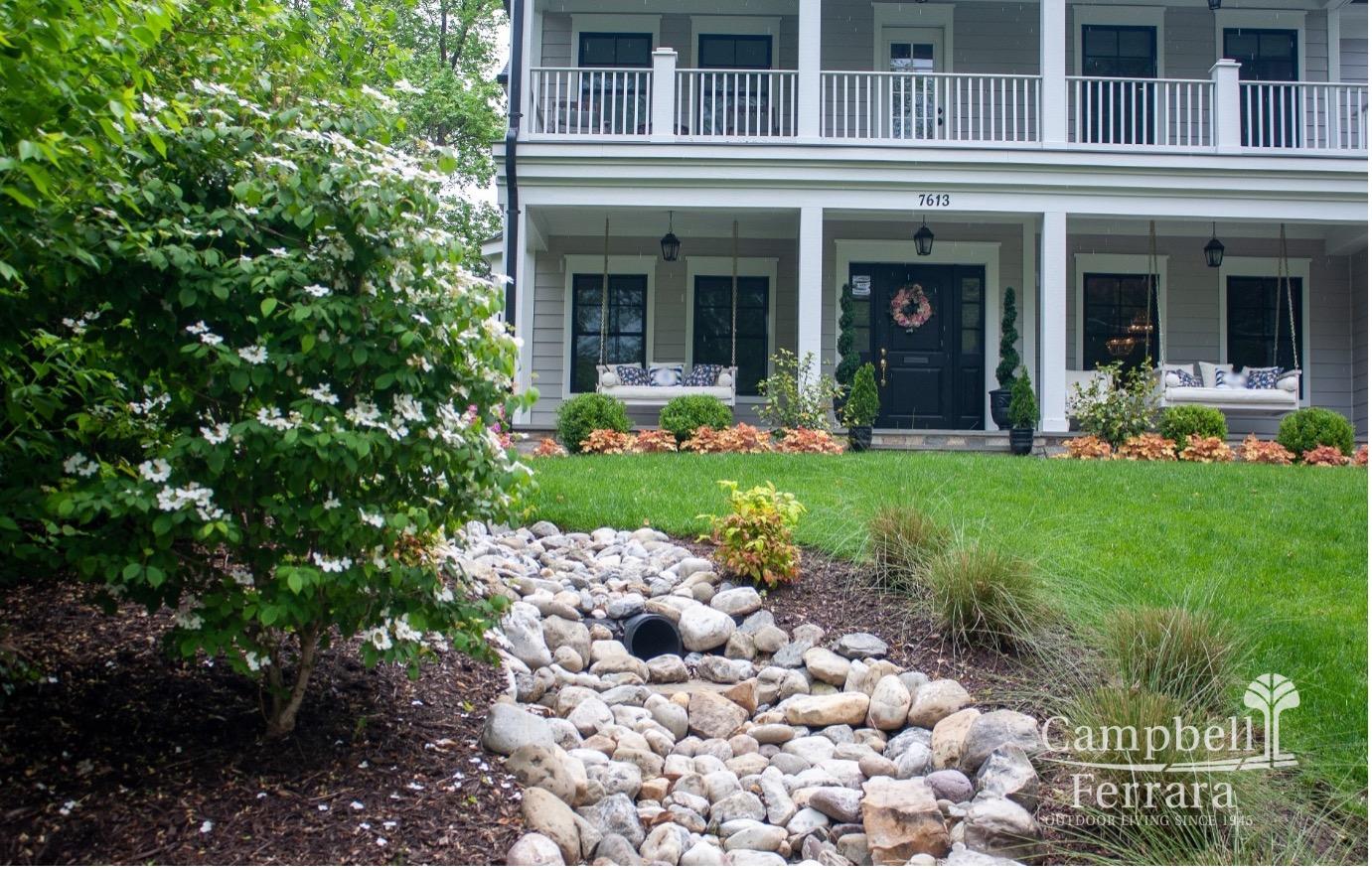
Spring is in the air, so it’s time to start your spring garden.
To get started, you want to organize a to-do list with these gardening jobs:
- Get your garden soil ready
- Trim back your trees and shrubs
- Get rid of pests in your garden
- Relocate your deciduous shrubs
- Plant seeds for cold-season vegetables.
Get Your Garden Soil Ready
To prepare your garden, your initial task should involve clearing away any remnants of winter, such as leaves, twigs, acorns, and other debris. Next, it’s time to weed your garden.
Finally, you want to get your soil ready for planting:
- Use a spading fork to turn over the soil
- Collect soil and test it for missing nutrients and pH levels
- Add a few inches of compost to your garden soil
- Allow garden soil to dry out before planting seeds and young plants
Learn more: Get Ready for Spring: 10 Tips for Preparing Your Garden for Spring
Trim Back Your Trees and Shrubs
Early spring is generally considered an excellent time to prune trees and shrubs in Virginia for several reasons:
- Dormant season: In early spring, trees and shrubs are still dormant, meaning they are not actively growing. This is an ideal time to prune since it minimizes plant stress and reduces damage.
- Clear view of structure: Without leaves, it’s easier to see the underlying structure of the tree, allowing for precise pruning.
- Promotes healthy growth: Pruning in early spring stimulates new growth by removing dead, diseased, or damaged wood and encouraging new shoots to form.
- Timing: Pruning before the buds open prevents the spreading of disease and pests, which often become active when the weather warms up.
In Northern Virginia, early spring is also an excellent time to prune before the hot and humid summer months, which stresses plants and makes them more susceptible to damage.
Additionally, pruning in the spring allows trees and shrubs to have sufficient time to heal and recover before the growing season.
Get Rid of Pests in Your Garden
Slugs, aphids, and other pests hibernate in your plants and shrubs over the winter. It’s time now to disturb their sleep and get rid of them.
Here are six methods for getting rid of pests and keeping them out of your garden:
- Handpicking: Check your plants regularly and remove any visible bugs, aphids, or snails by hand. This may take some time, but it’s an effective method for small infestations.
- Use insecticidal soap: Insecticidal soap kills bugs and aphids. Apply the soap to the leaves and stems of the affected plants, making sure to cover all the areas where the pests are present. You can find insecticidal soap at our garden center.
Read more: Grow Vegetable and Edible Gardens: Home-Grown Tastes Best
- Use neem oil: Neem oil is a natural insecticide that can help control bugs and aphids. Mix the oil with water and spray the solution onto the affected plants. You can find neem oil at our garden center.
- Use diatomaceous earth: Diatomaceous earth is a powder made from the fossilized remains of tiny aquatic organisms. Sprinkle the powder around the base of your plants to deter snails and other pests.
- Use beer traps: Fill a shallow container with beer and place it near your plants. The scent of the beer will attract snails, and they will fall into the container and drown.
- Use copper tape: Copper tape is a natural snail repellent. Place the tape around the base of your plants to prevent snails from crawling up and feeding on the leaves.
Relocate Your Deciduous Shrubs
When a deciduous shrub has outgrown its current location, move it before it leafs out. Moving a deciduous shrub while still dormant ensures it has the best chance to settle in its new place.
Soil type also plays a significant role in determining the success of a transplant. Most deciduous shrubs prefer well-draining soil, ensuring the new planting location has the right soil type.
If you want to move your shrubs to a new location where there’s poor drainage, call us at Campbell and Ferrara, your drainage contractors, to fix the soggy soil before you transplant.
Plant Cold-Season Vegetables Now
Planting cold-season vegetables in early spring ensure you can eat these nutrient-packed plants by mid to late spring.
In Northern Virginia, it’s possible to grow cold-season vegetables starting in late winter or early spring as soon as the soil is workable. Some examples of cold-season vegetables that grow well in Virginia include broccoli, cabbage, brussel sprouts, kale, collards, lettuce, spinach, and arugula.
Campbell and Ferrara Is Your Landscaping Company to Help You Start Your Spring Garden
If you prefer your landscaping company to design and install your garden, call us today at 703-705-7632 or fill out our contact form.
We are also your patio pavers company, outdoor lighting, and patio builders.
Source:
BalconyGardenWeb.com, Do These 10 Things in March to Have the Perfect Garden.









